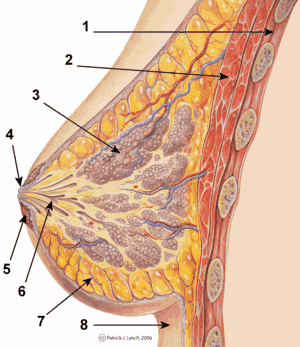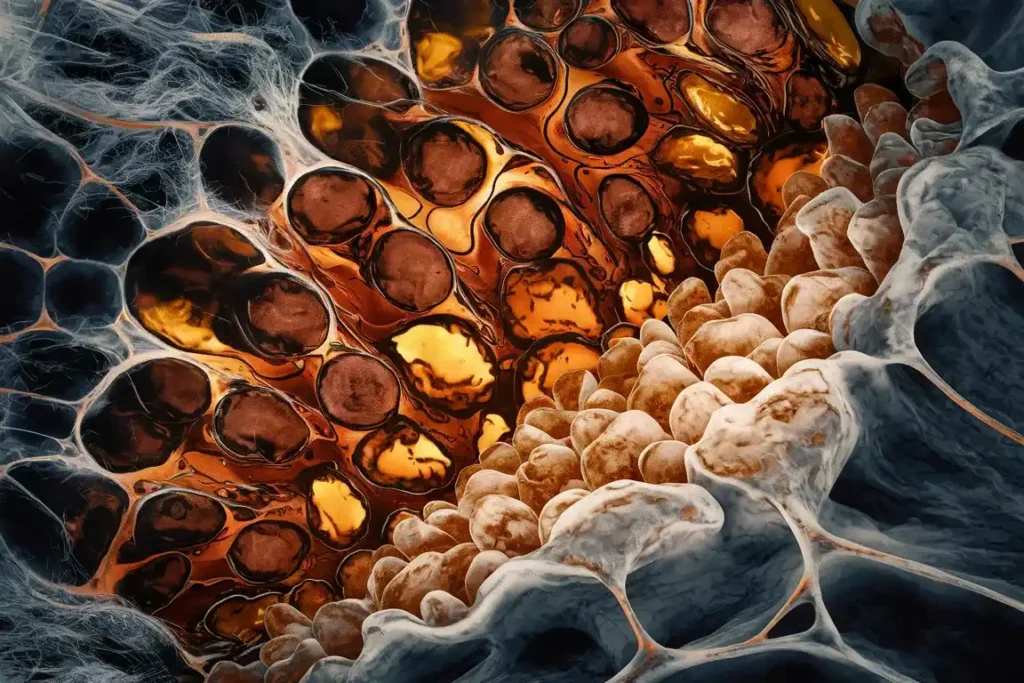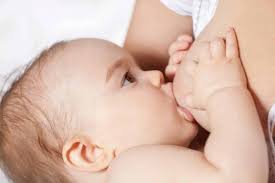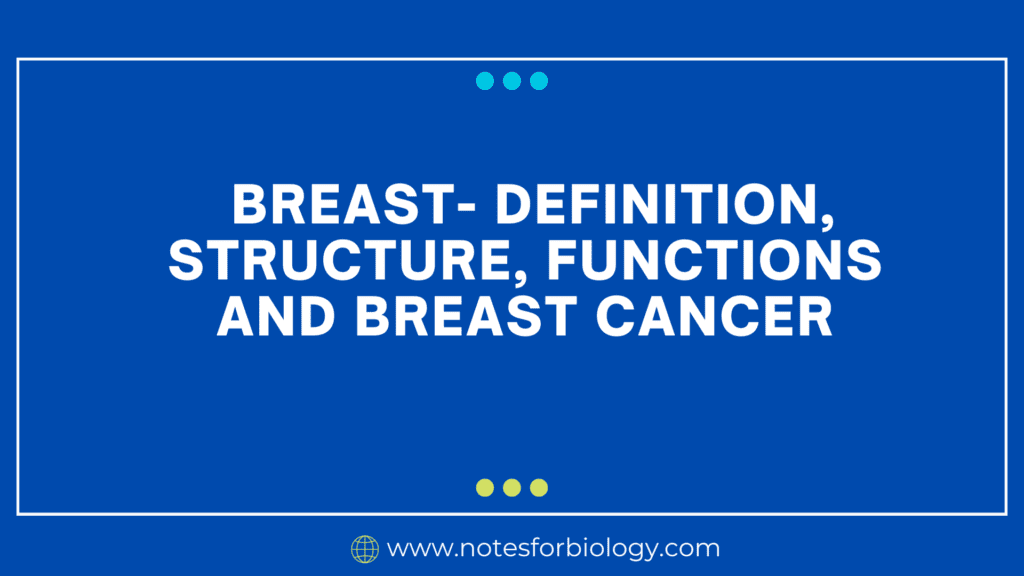Breast is a glandular organ found on the chest of humans and other primates. Females’ are largely responsible for producing milk to sustain infants, whereas male are often undeveloped and non-functional.
Table of Contents
What is Breast ?
The breast is a glandular organ located on the chest of humans and other mammals. In females, it is primarily responsible for producing milk to nourish infants, whereas in males, it is typically underdeveloped and non-functional. The woman’s breast is a glandular organ located on the anterior thoracic wall of humans and other mammals. In females, it is critical in milk production for newborn nutrition, whereas in men, it is generally underdeveloped and nonfunctional.

Structure
1. Glandular Tissue

- Lobes and Lobules: Each has 15-20 lobes distributed in a radial manner. Each lobe is divided into smaller lobules that house the milk-producing alveoli.
- Alveoli are tiny sacs found within the lobules that generate milk.
- Ducts are a network of tiny tubes that carry milk from the lobules to the nipple. Larger ducts meet around the nipple.
2. Stroma (Supporting Tissue)
- Adipose (Fat) Tissue: Adds weight and shape to the it. The amount of fat tissue varies by individual, influencing it size.
- Fibrous Connective Tissue: Supports and preserves the contour of the it. Cooper’s ligaments are present, and they help to sustain the tissue.
3. Nipple and Areola
- The nipple is the central projection via which milk is administered to an infant.
- Areola: The pigmented area that surrounds the nipple and contains sebaceous glands that lubricate and protect it when breastfeeding.
4. Blood Supply and Lymphatic System
- Blood vessels: It is nourished by branches of the internal thoracic, lateral thoracic, and intercostal arteries.
- The lymphatic system is made up of a network of lymphatic veins and nodes, particularly those in the axilla, which help with immune defense and fluid balance.
5. Nerves
- The fourth, fifth, and sixth intercostal nerves’ branches produce sensory innervation, conveying perceptions of touch, pain, and temperature.
Functions
1. Lactation:
- Milk Production: The female breast’s principal purpose is to create milk (lactation) for newborns, which is regulated by hormones such as prolactin and oxytocin.
- Milk Ejection: Milk is transferred from the alveoli through the ducts to the nipple and accessed by the infant during breastfeeding.

2. Sexual Function:
- Erogenous Zone: The breast, particularly the nipple and areola, responds to tactile stimulus and is involved in sexual arousal and intimacy.
3. Aesthetics and psychology:
- Body Image: The size, shape, and appearance of a person’s breasts influence their body image and self-esteem, which are frequently associated with femininity and attractiveness.
Breast Cancer
Types of Cancer
- Ductal Carcinoma In Situ (DCIS) is a non-invasive cancer in which aberrant cells are restricted to the ducts.
- The most frequent variety is invasive ductal carcinoma (IDC), which occurs when cancer cells expand beyond the ducts and into the surrounding tissue.
- Invasive Lobular Carcinoma (ILC) begins in the lobules and spreads to surrounding tissues.
- Triple Negative Cancer: It lacks estrogen, progesterone, and HER2 receptors, making it more difficult to treat.
Risk Factors
- Genetic: Mutations in genes like BRCA1 and BRCA2.
- Hormonal: Prolonged exposure to estrogen, either naturally or by hormone replacement therapy.
- Lifestyle factors include diet, physical exercise, alcohol consumption, and smoking.
- Age: Risk rises with age.
- Family History: Several close relatives have breast cancer.
Symptoms:
- A bump or thickening in the underarm.
- Change in size, shape, or appearance.
- Nipple discharge or inversion.
- Skin alterations include dimpling and redness.
Diagnosis:
- Mammography is X-ray imaging of the breast.
- Ultrasound is a technique that uses sound waves to obtain images of tissue.
- Biopsy is the removal of tissue for microscopic study.
- Magnetic resonance imaging (MRI) creates detailed images using magnetic fields and radio waves.
Treatment:
- Surgery options include lumpectomy (tumor removal) and mastectomy .
- Radiation therapy uses high-energy beams to attack cancer cells.
- Chemotherapy is a drug-based treatment that destroys cancer cells.
- Hormone Therapy: Blocks the hormones that promote cancer growth.
- Targeted therapy refers to drugs that target specific molecules involved in cancer growth.
Prevention & Screening:
- Regular screening includes mammograms and clinical breast exams.
- Lifestyle changes include eating a healthy diet, getting frequent exercise, and avoiding alcohol and smoking.
- Genetic testing is recommended for people who have a family history of breast cancer.
Frequently Asked Question(FAQ)
What is Breast ?
It is a glandular organ located on the chest of humans and other mammals. In females, it is primarily responsible for producing milk to nourish infants, whereas in males, it is typically underdeveloped and non-functional
What is the symptoms of Breast Cancer?
The symptoms of Breast Cancer are:
1. A bump or thickening in the underarm.
2. Change in size, shape, or appearance.
3. Nipple discharge or inversion.
4. Skin alterations include dimpling and redness.
Related Article

